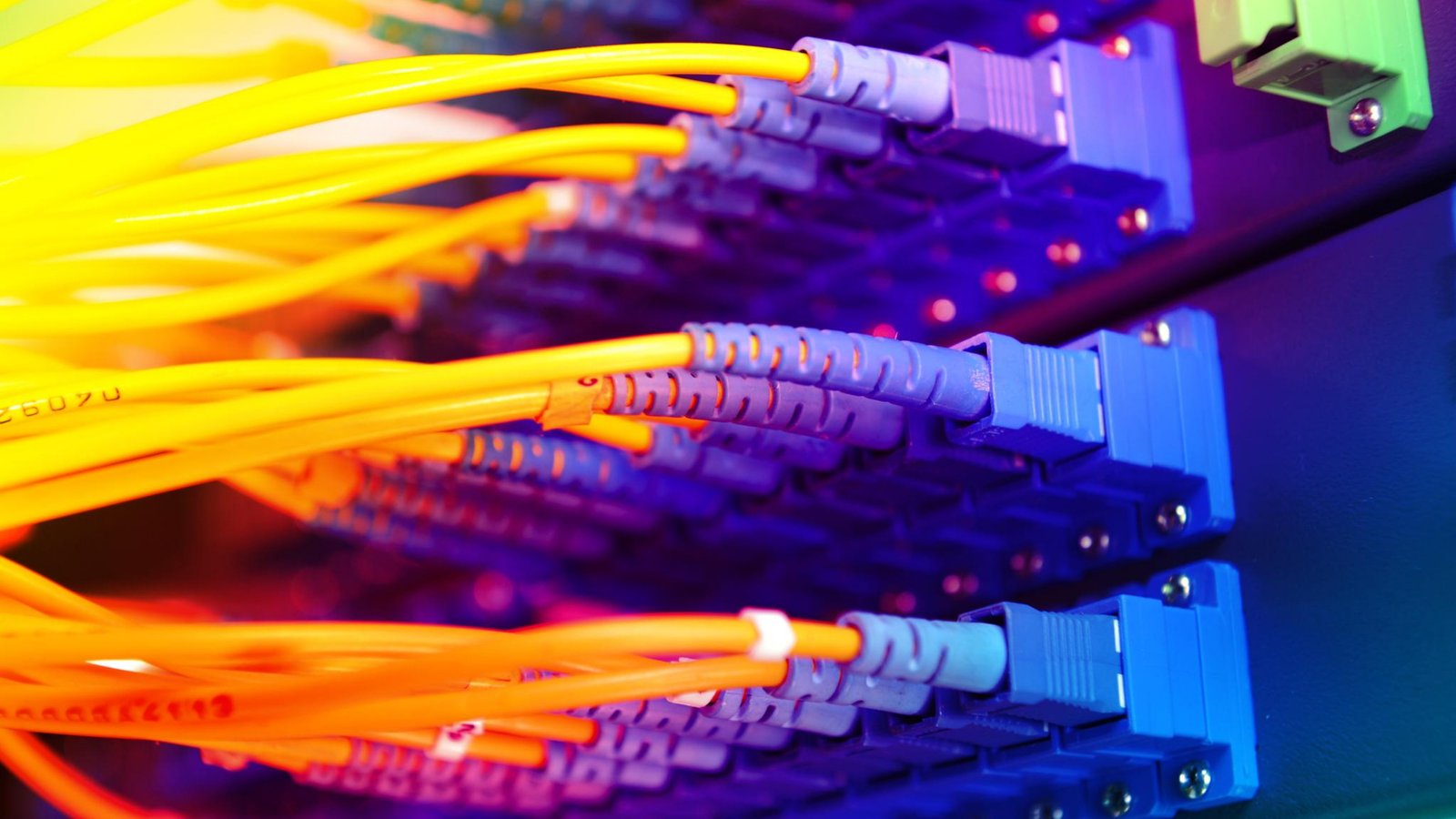The race to deploy fiber and 5G networks is accelerating, driven by skyrocketing demand for high-speed, low-latency connectivity. However, many service providers overlook a critical component in this equation: Customer Premises Equipment (CPE). Outdated CPE can bottleneck performance, degrade user experience, and even undermine the ROI of expensive infrastructure upgrades.
But what’s the real financial impact of modernizing CPE? This article breaks down the return on investment (ROI) of upgrading CPE for fiber and 5G rollouts—covering cost savings, customer satisfaction, and long-term competitive advantages.
Why CPE Upgrades Are a Game-Changer for Fiber & 5G
1. Eliminating Performance Bottlenecks
Fiber and 5G networks promise blazing-fast speeds, but outdated CPE can throttle performance. Older modems, routers, and ONTs (Optical Network Terminals) may not support:
- Higher bandwidth capabilities (e.g., multi-gigabit speeds)
- Wi-Fi 6/6E for reduced congestion in dense environments
- Low-latency optimizations crucial for gaming, IoT, and real-time applications
By upgrading CPE, ISPs ensure customers actually experience the full potential of their network investments.
2. Reducing Operational Costs
Legacy CPE often leads to:
- Higher failure rates → More truck rolls and technician dispatches
- Increased power consumption → Higher energy costs
- Compatibility issues → Longer troubleshooting times
Modern CPE with remote diagnostics, self-healing capabilities, and energy-efficient designs slashes operational expenses.
3. Enhancing Customer Retention & Revenue
Poor CPE performance = frustrated customers = higher churn. Upgraded CPE:
- Improves Quality of Service (QoS) → Fewer complaints
- Enables premium service tiers (e.g., 2 Gbps fiber, ultra-low-latency 5G)
- Supports value-added services (whole-home Wi-Fi, cybersecurity features)
Happy customers stay longer and spend more—directly boosting ARPU (Average Revenue Per User).
Calculating the ROI of CPE Upgrades
1. Upfront Costs vs. Long-Term Savings
Yes, new CPE requires capital expenditure. But consider:
- Reduced maintenance costs (fewer service calls, lower power bills)
- Extended hardware lifespan (future-proofing for next-gen standards)
- Revenue upside (upselling faster plans, smart home services)
A TCO (Total Cost of Ownership) analysis often reveals that upgraded CPE pays for itself within 12-24 months.
2. Case Study: A Tier-2 ISP’s Success Story
A regional ISP upgraded its CPE fleet to Wi-Fi 6-enabled ONTs during its fiber rollout. Results:
- 40% drop in support calls related to Wi-Fi issues
- 22% uptake in premium speed tiers
- 15% reduction in customer churn
The project achieved full ROI in 18 months—a compelling case for CPE modernization.
Key Considerations When Upgrading CPE
1. Choosing the Right Hardware
Not all CPE is created equal. Look for:
✔ Future-proof specs (e.g., support for 10G PON, Wi-Fi 7 readiness)
✔ Cloud management (remote firmware updates, analytics)
✔ Energy efficiency (meets latest eco standards)
2. Phased Rollouts vs. Full Replacement
- Phased approach: Target high-value customers first (e.g., businesses, power users).
- Bulk upgrade: More cost-effective for large-scale deployments.
3. Financing Models
- Leasing options (reduces CapEx burden)
- Customer-paid upgrades (offered as part of premium packages)
The Competitive Edge: Staying Ahead with Modern CPE
In a crowded market, superior customer experience is the ultimate differentiator. ISPs that invest in high-performance CPE:
✅ Deliver on speed promises (no more “Why is my Wi-Fi slow?” complaints)
✅ Reduce subscriber churn (loyal customers = stable revenue)
✅ Unlock new revenue streams (smart home bundles, security add-ons)
Final Thoughts: Don’t Let Outdated CPE Undermine Your Network
Fiber and 5G rollouts are major investments—don’t let aging CPE sabotage your returns. Upgrading customer equipment isn’t just an operational necessity; it’s a profitability driver.
By modernizing CPE, providers can:
✔ Cut costs (fewer truck rolls, lower energy use)
✔ Boost revenue (higher ARPU, reduced churn)
✔ Future-proof their networks (ready for next-gen demands)
The math is clear: The ROI of CPE upgrades makes it a no-brainer.
